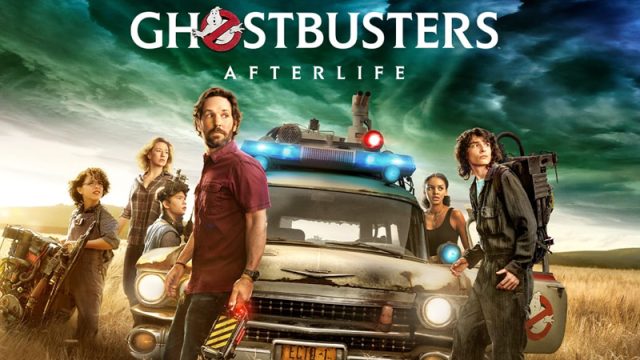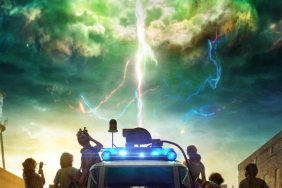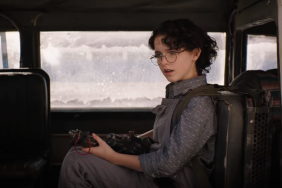There’s a certain charm to Jason Reitman’s Ghostbusters Afterlife that makes the supernatural sequel hard to resist, despite its flaws. The pic doesn’t have the epic scope of recent blockbusters like Dune or No Time to Die; and while it features a fair share of exciting, well-staged action sequences, the overall production carries enough sincere emotion to make even Ted Lasso blush.

This is just an article test. #1









